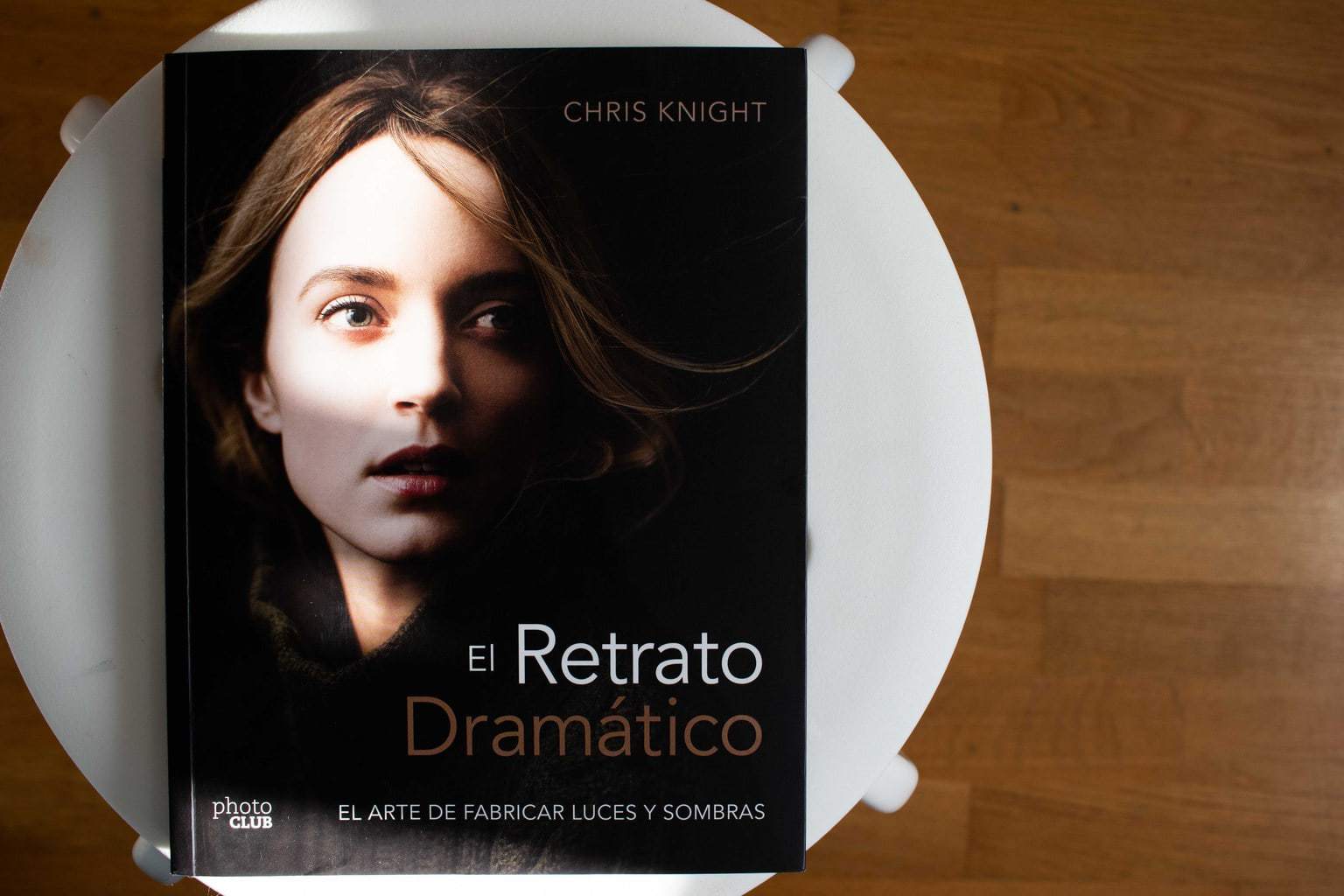There are many of us who start with photography when we start with portraiture. It is probably because it is usually what we have the most at hand and what is most requested of us. This makes us become a bit self-taught and we forget about the possibilities of a good portrait and everything that can be expressed with it. That's why today I bring you The Dramatic Portrait of the teacher Chris Knight. A work dedicated to analyzing the dramatic portrait and knowing all the tools to build the message you want through lights and shadows, among other aspects.
PERFECT FOR YOU…
…if you are passionate about portraiture. If you intend to specialize in it; If you plan to dedicate yourself professionally to photography and lighting in this discipline, it is not exactly your forte. If you intend to venture into fashion photography, or model portraits for advertising, this book will give you the tools to ensure success. And you won't be disappointed.
IT'S NOT FOR YOU
You will not like it if natural light is your thing, if you do not intend to get artificial lighting tools. It is not a book to start in portraiture either, it is better to start little by little because it could frustrate you. You need a minimum knowledge to follow the explanations. If this is your case, we recommend you start at the beginning with this Guide to Mastering Portrait Photography ?
THE DRAMATIC PORTRAIT. THE ART OF MAKING LIGHTS AND SHADOWS
This publication consists of eight chapters.
1. THE HISTORY OF THE PORTRAIT
Together with chapter two, it is the longest in the entire book. It is interesting if you like art history and if you want to understand why the portrait is now the way it is. Where it comes from, how it has evolved over the years. Well, although it is a long chapter (there are many centuries ? ), it is very well summarized and explained. Now, if art history bores you, it can be a bit long. Does that make it expendable? Not at all, if you want to take the step that is taken with this book, this information will come in handy ;).
2. TECHNICAL LIGHTING
In this chapter he presents the tools and talks about the more technical part. The types of light, its qualities, possibilities of modification; the size and relative position of light and background; the proportions; how it affects the size and shape of the light; or how you can block it will be some of the aspects that you can study in it.
3. TAKING SHAPE
If Chapter 2 is about what lights do and Chapter 4 is about working with them, this is a bridge chapter between the two. Knowing and understanding the different lighting patterns (Paramount, Loop, Rembrandt, etc.) is another point of this chapter, as well as the importance of experimenting and identifying the lights according to the position or the illuminated side with respect to the camera.
4. HOW MANY LIGHTS
Once the team is known, the important thing is to know how to use it to convey the message you want. Well-studied lighting is useless if it does not convey what you want (or what the client wants). It also discusses the pros and cons of working indoors and outdoors. It ends by discussing the difference between applying one or two lights, with explanations of why and examples of how.
5. THE COLOR
A chapter dedicated to color and to explain how it can influence the mood of the viewer or modify the language of the portrait. After a walk through the different colors and their emotional implications, he deals with how to compose based on color. Either in a monochrome way or, using complementary or analogous colors.
6. STYLING
Choose well to look good. This is the subtitle of this chapter. A good way to sum it up. In a good portrait, each pixel counts, beyond the lighting, of the face itself, there are other aspects that must be taken care of very well, from the wardrobe to the hairdresser, including good makeup or an appropriate background. Nothing can be left to chance if success is pursued.
7. POST PRODUCTION
Careful planning and good execution end with a subtle processing that matches the previous work. The color space, the color components, the RAW format or the workflow are the topics covered in this chapter.
8. PERSONAL STYLE
While the technical part can be learned, the key to your success lies in what you have to offer different from what others sell. Your personal style, the one that you will discover little by little, over time, based on mistakes and successes; It is the one that will mark your way of taking photography and attracting your audience or your clients. This is what this chapter is about, this and the relative importance of tools. A good finishing touch comes with three case studies. Three portraits broken down and analyzed from planning to post-production.
ABOUT THE AUTHOR
chris knightHe was born in Wiesbaden, Germany, and grew up enduring the humidity of Florida, in the United States. She combines her unconditional love of art history and her other conditional love of technology, with a fiery penchant for filmmaking and an uncompromising eye for detail.
His work has been featured in Vogue, People, MSNBC, ABC, Ocean Drive, GQ, and other publications. Chris is an instructor at the Pratt Institute and the New York Film Academy.
#BBD0E0 »

